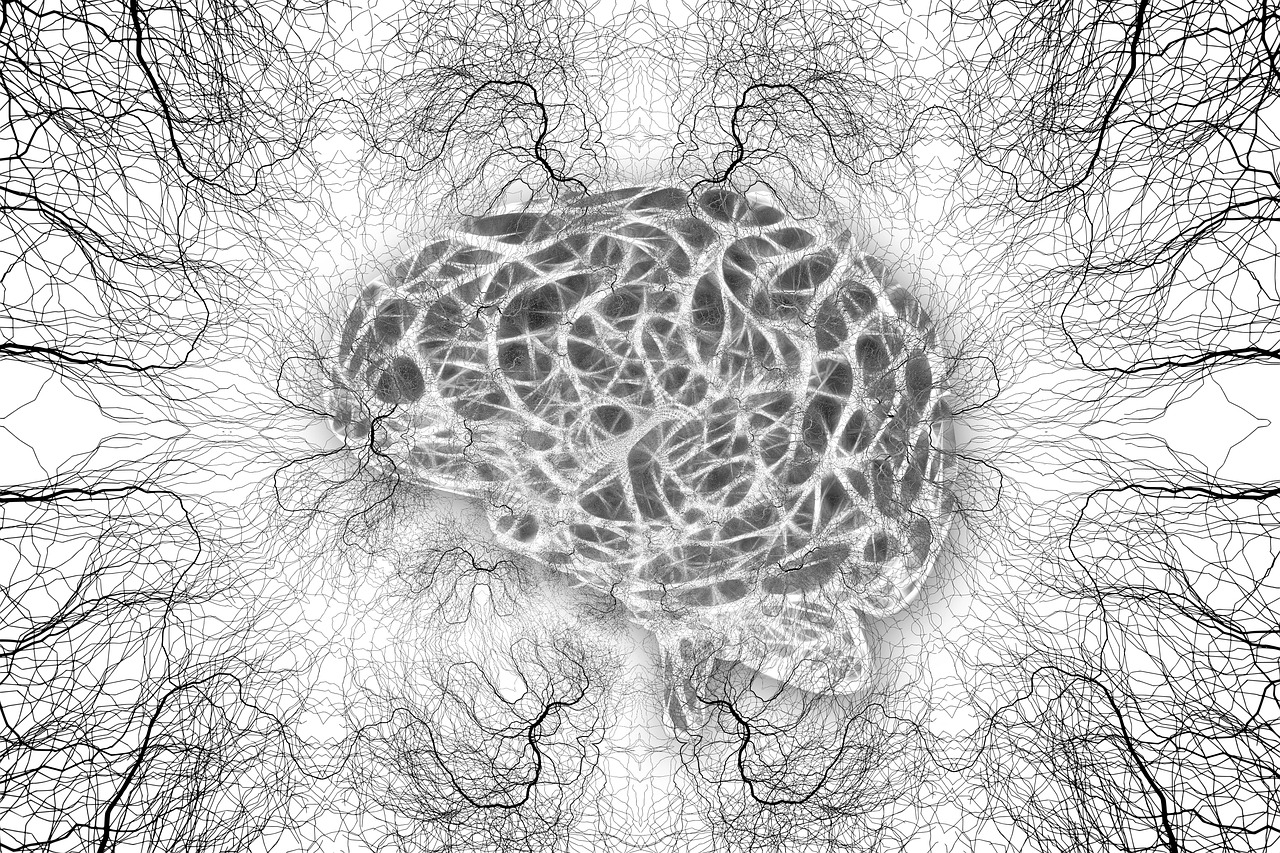The human brain is a glutton for glucose consuming nearly a quarter of the body’s energy to power thought, memory, and movement. But when cancer strikes the brain, this vital metabolic balance is subverted. A new study reveals how glioblastoma, one of the deadliest forms of brain cancer, rewires glucose metabolism to drive its relentless growth and invasion of healthy tissue.
Researchers infused C-labelled glucose into patients and mice with brain tumours and used metabolic flux analysis to trace how glucose-derived carbon moves through the brain. In healthy cortex tissue, glucose feeds essential processes such as energy production in the tricarboxylic acid (TCA) cycle and neurotransmitter synthesis, which sustain normal brain activity.
In contrast, glioblastoma cells divert glucose away from these physiological functions. Instead, they scavenge amino acids from their surroundings and repurpose glucose-derived carbons to build the molecules needed for rapid proliferation and invasion. This metabolic shift effectively turns the brain’s own fuel into a resource for malignant expansion.
Intriguingly, experiments in mice showed that modulating dietary amino acids could selectively disrupt tumour metabolism, slowing tumour growth and enhancing the effectiveness of existing treatments.
These findings illuminate a crucial aspect of brain cancer biology: glioblastoma doesn’t merely grow it metabolically rewires its environment, suppressing normal brain activity to sustain its own survival. The study opens up promising avenues for therapies that starve the tumour without harming the brain, offering a glimmer of hope against one of medicine’s most stubborn adversaries.
